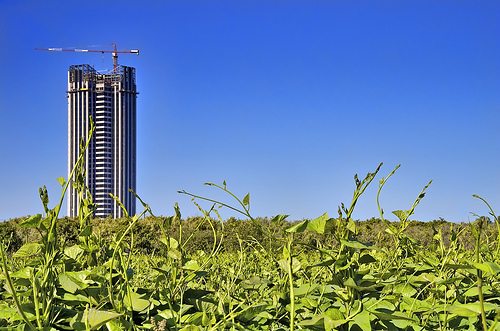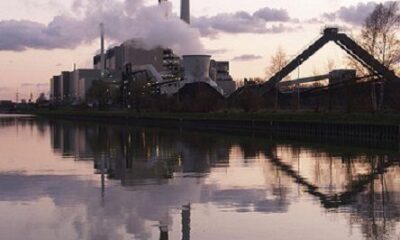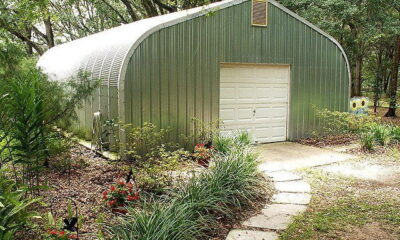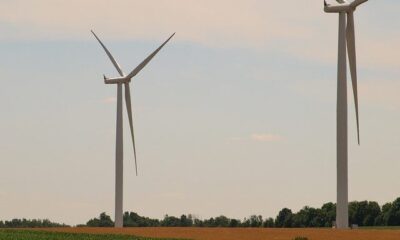

Economy
How to be ‘green, lean and clean’ When Developing Buildings and Estates
ENER-G has published a detailed new guide to improving building energy performance for developers and estate managers, which is available free to download.
The publication is entitled ‘Deep Green: How Criteria for 21st Century Building Performance is Testing the Environmental Credentials of Developers and Estate Managers’. It outlines the challenge of saving energy by using it more efficiently, and employing low-carbon sources of energy instead of fossil fuels.
Around 40% of the EU’s energy consumption and CO2 emissions comes from energy used in buildings. By 2025, a 50% reduction is sought by the UK government. The 15-page guide explains that buildings will play a critical role in reducing energy consumption, and that most of the buildings we have today will still be around in 30 years’ time – meaning that we need to act now to make them energy-efficient.
The EU’s Energy Performance of Buildings Directive requires government to set energy performance standards for all buildings, and introduce them in the form of building standards and codes. The aim is to make new buildings ‘energy neutral’ by 2020.
Techniques such as Building Information Modelling (BIM) and sustainable procurement are explained in the guide, along with the requirements of the Government’s Construction Strategy 2025.
Standards and regulations for the energy efficiency of buildings are also detailed, including BREEAM (Building Research Establishment Environmental Assessment Methodology) and Building Regulations Part L.
The guide demonstrates how decentralised energy – such as combined heat and power (CHP) – can be used to improve energy efficiency, increase resilience and reduce costs. Circumstances where developers and estate managers should consider CHP for heating networks are also explained.
Clare Burns, Marketing Manager for ENER-G Combined Power, said: “This guide emphasises the importance of using the latest techniques and best practices to improve environmental performance and comply with regulations. CHP has an important role to play – along with other green technologies – in reducing the long-term cost of construction, and safeguarding the environment for future generations.”


 Environment10 months ago
Environment10 months agoAre Polymer Banknotes: an Eco-Friendly Trend or a Groundswell?

 Environment11 months ago
Environment11 months agoEco-Friendly Home Improvements: Top 7 Upgrades for 2025

 Features9 months ago
Features9 months agoEco-Friendly Cryptocurrencies: Sustainable Investment Choices

 Features10 months ago
Features10 months agoEco-Friendly Crypto Traders Must Find the Right Exchange






























